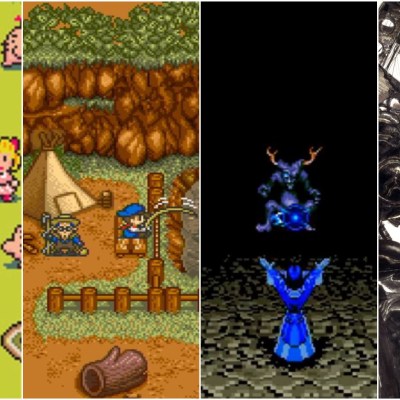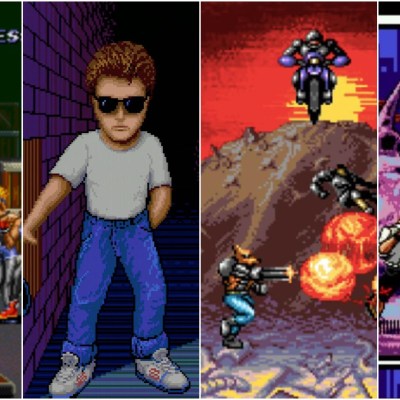15 SNES Games That Were Way Ahead of Their Time
Decades later, it's easier than ever to appreciate these brilliant SNES games that were truly ahead of their time.
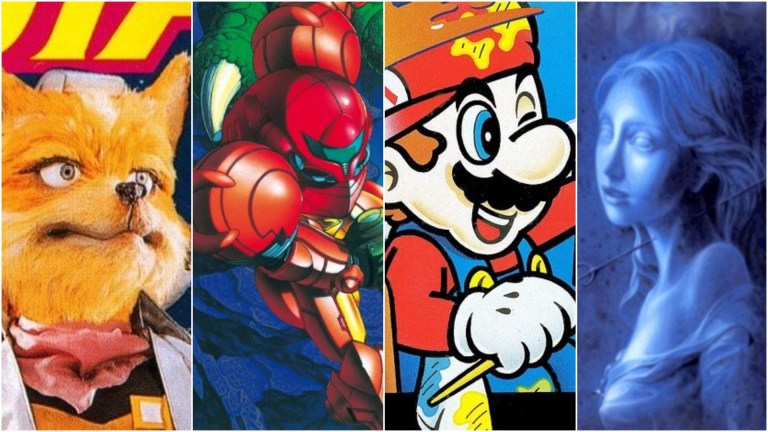
The Super Nintendo isn’t just arguably the best Nintendo console ever; it’s a console that really changed people’s expectations for what new consoles could be and should be. While many of the best SNES games were also innovators, some SNES titles were truly ahead of their time.
In my look at some NES games that were ahead of their time, I mentioned that many of the games that qualified for that list felt like anomalies in the grand scheme of the NES library. While that is still true of some SNES games that often fall into that category, it’s worth noting that some SNES games that were ahead of their time are now so widely accepted to be classics that it can be hard to remember a time when they were anything else. That being the case, you kind of have to dive back into an early-to-mid ‘90s mentality in order to fully appreciate how some of these games were perceived at the time vs. what we think of them now.
In fact, here are a few important rules to keep in mind before diving into our selections:
- Just as before, this list primarily focuses on games that were critical or commercial failures at their time that are now seen as “classics” or even just obviously innovative. However, it also includes a few games that were successful in their time that were too innovative and revolutionary to ignore.
- There is no one factor that made a game eligible for this list. Some games introduced mechanics that wouldn’t become popular until years later, while others simply looked so much better than nearly everything else out there. Some games just didn’t become widely accepted “classics” until far after their releases despite deserving that status at the time. Games that featured several “ahead of their time” qualities or perfectly represented a particular quality that makes a game ahead of its time were more likely to make this list.
- Finally, this list includes games released for the SNES and Super Famicom as well as games only released for one console or the other.
With that out of the way, here are some SNES games that were way ahead of their time:
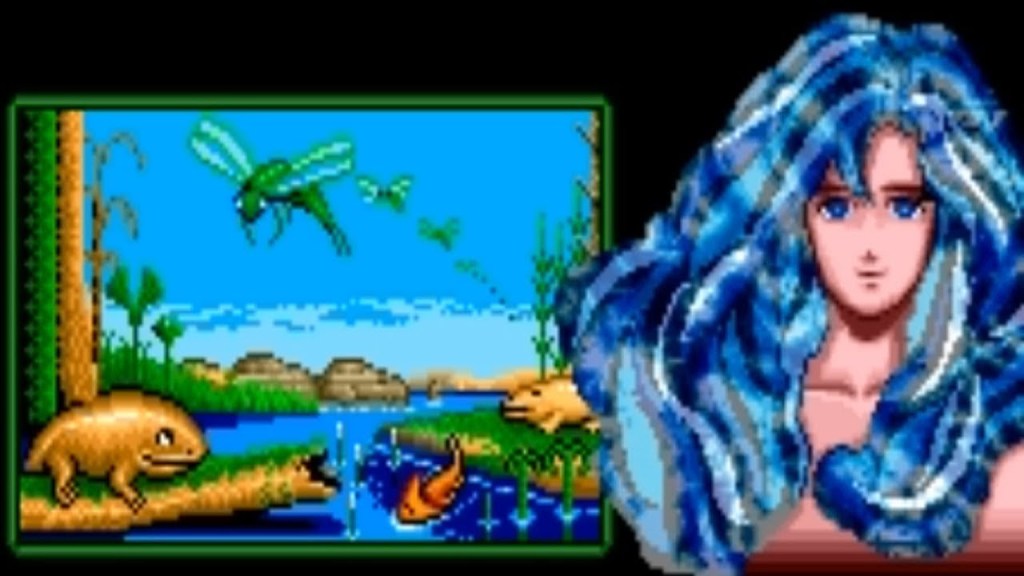
15. E.V.O.: The Search For Eden
Recently featured in my look at the weirdest SNES games ever, E.V.O. is nothing if not a curiosity. Essentially a platformer with a mechanic that allowed you to evolve your characters through vaguely scientific means, nobody quite knew what to make of E.V.O. in 1992/1993. Honestly, it’s a hard game to summarize even with the advantage of modern gaming concepts.
Yet, the way E.V.O. incorporated RPG elements into its platforming while supporting an almost sim-like evolution system feels like exactly the kind of thing that would make a splash on the indie scene today. Critics at the time felt that E.V.O. was too slow for a platformer, which really shows how there wasn’t really a popular idea at the time that platformers could be more than Super Mario-like experiences. It has its fair share of problems, but E.V.O. dared to break a very popular genre mold while a lot of other developers were still chasing that genre’s leaders.
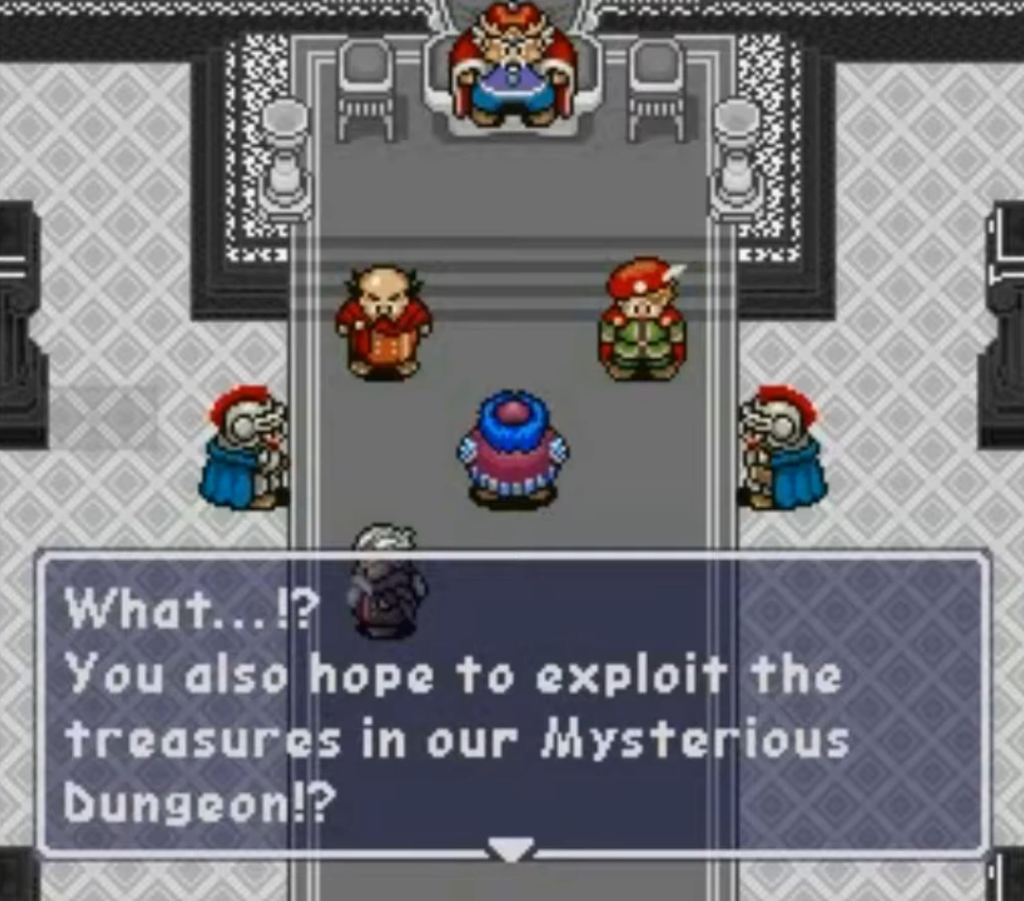
14. Torneko no Daibōken: Fushigi no Dungeon
I honestly still can’t believe this game was released in 1993. As a roguelike dungeon crawler where you play as a shopkeeper trying to collect new merchandise for their store, Torneko no Daibōken: Fushigi no Dungeon feels like exactly the kind of game that shoots up the Steam charts in 2022.
It’s not just that this feels like a modern game; it’s the fact that it feels like a game that still has better ideas than most modern titles. From its parody-like humor to the way it allows enemies to damage and kill each other during combat, this title was so forward-thinking in nearly every respect that it sometimes feels like developers still haven’t properly utilized its best qualities.
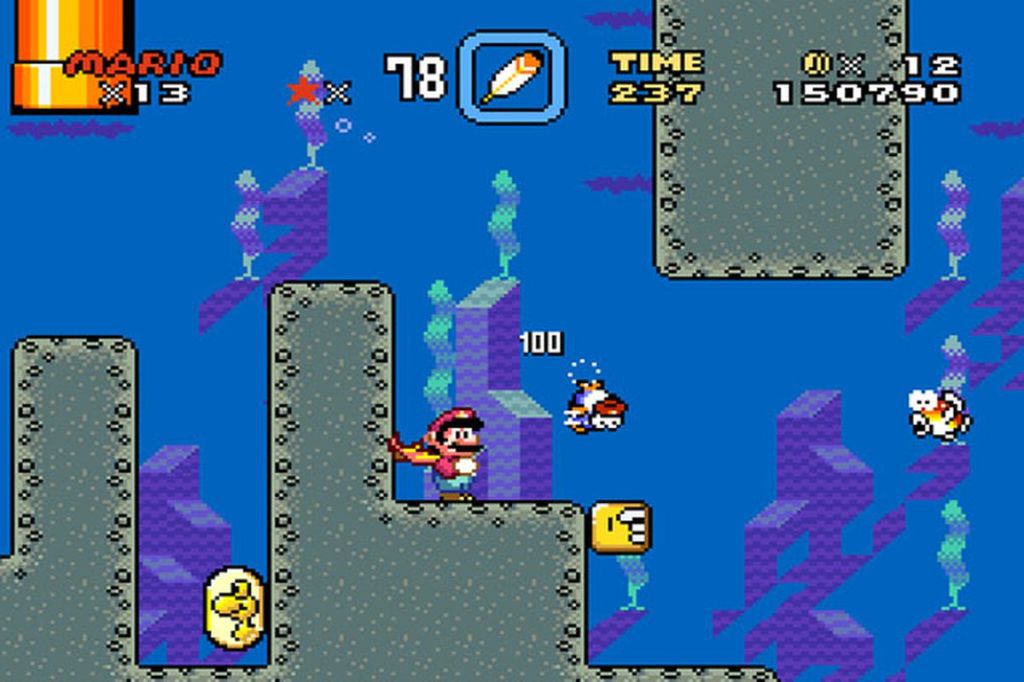
13. Super Mario World
This is one of those cases of a game not ranking higher simply because it was obviously successful and highly acclaimed in its time. Otherwise, there’s a strong case to be made that Super Mario World could top this list.
Simply put, Super Mario World set that bar for platformer games that I referenced when talking about E.V.O. From the way it allowed you to open alternate paths on the world map via secret passages to the introduction of Yoshi and its multi-layered levels, Super Mario World boldly declared that every game that was still trying to chase Super Mario’s success now had to somehow find a way to best or match a game that developers still look to for design ideas to this day.
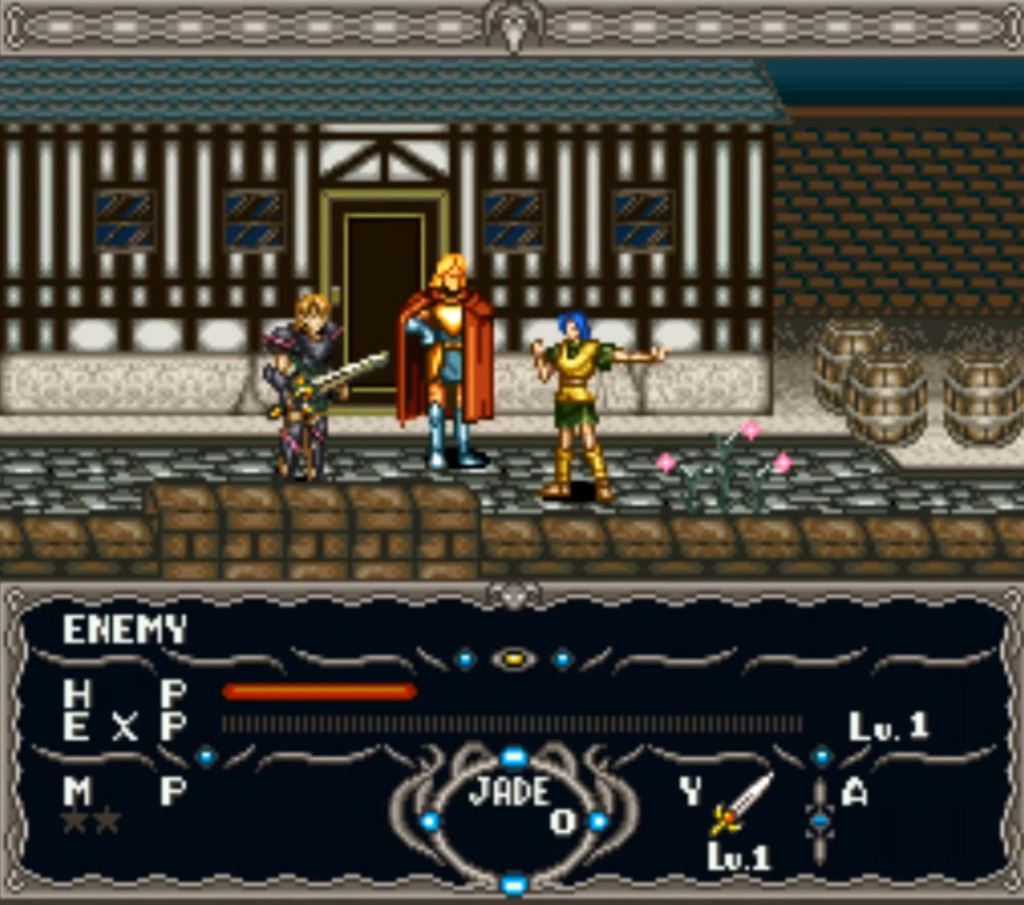
12. Dragon View
Essentially the spiritual follow-up to Drakkhen (another weird SNES game that could have made this list), Dragon View was truly in a class of its own. It’s basically a beat-em-up ARPG with 3D overworlds, an extensive upgrade system, and an almost Princess Bride-like storytelling style presented by an unseen narrator. It had a…lot going on.
Unlike Drakkhen, though, Dragon View managed to balance its most revolutionary elements surprisingly well. It’s a little like Zelda 2 in a lot of ways, but its bold attempt to blend pseudo-3D world navigation with RPG-based action almost makes it an early look at what so many future open-world RPGs would do so well.
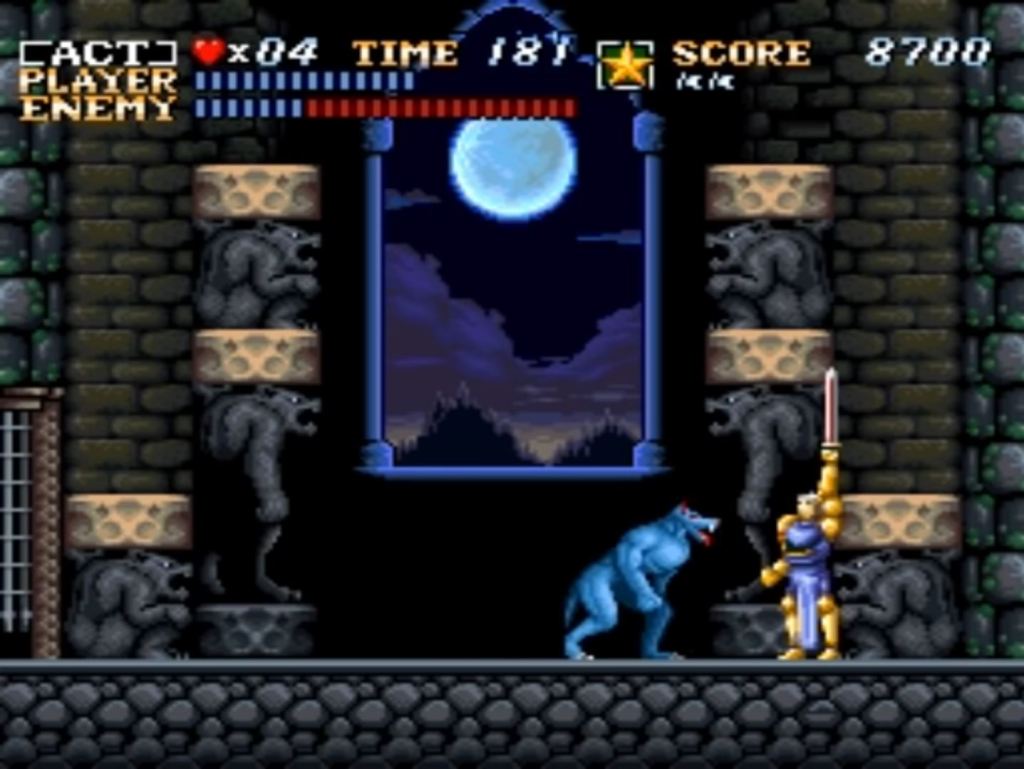
11. Actraiser
Released just a few weeks after the SNES debuted in Japan, Actraiser arrived at a time when many would have been happy enough to know that the SNES simply offered better graphics. Instead, Actraiser endeavored to offer something entirely different: a medieval fantasy action-platformer that occasionally lets you play as God via a SimCity-like town-building system.
Actraiser should have crumbled under the weight of its own ambition, but developer Quintet managed to balance two very different gameplay styles in ways that ensured each style supported the other without one compromising the flavor of the either. Unfortunately, Actraiser proved to be something of a sales disappointment, and its sequel was just a fairly standard (though well made) action platformer.
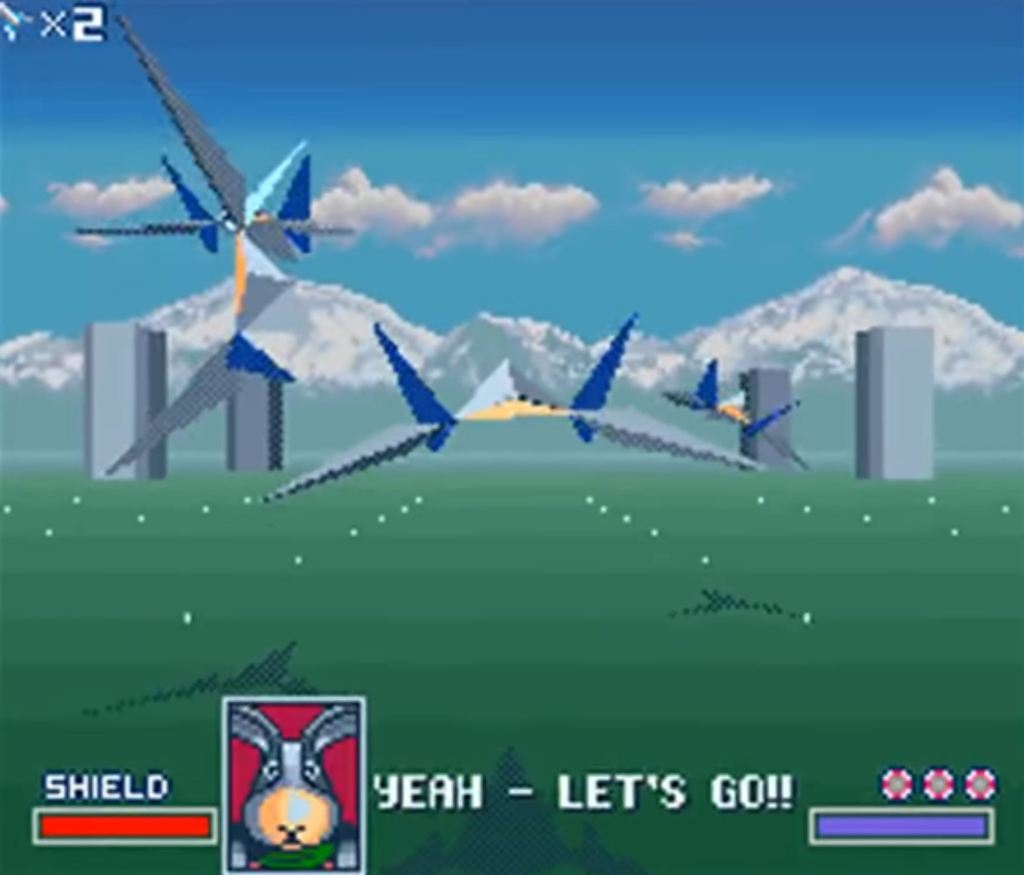
10. Star Fox
Donkey Kong Country is usually the game people talk about when they talk about SNES games that were visually ahead of their time, and rightfully so. Yet, there are times when you really have to stop and remind yourself that Star Fox was released less than 6 months after the SNES’ Japan debut.
While rough by today’s standards in just about every way imaginable, Star Fox was nothing short of a miracle in 1993. It was a 3D (or close enough) console game that was visually legible and relatively easy to control. Star Fox was a game you could point to and say “this is the future of games.” That did prove to be the case, though it would take quite some time for other games to catch up to this one.
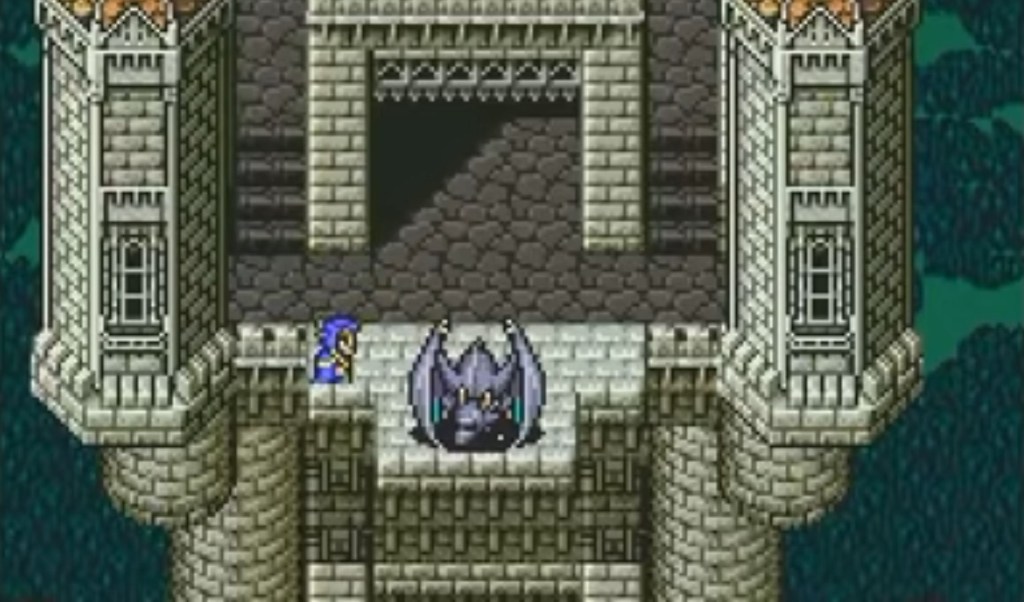
9. Final Fantasy V
Honestly, you could make a case for Final Fantasy 4, 5, or 6 to make this list. One of the biggest reasons Final Fantasy 5 ended up with this honor, though, is the fact that it was the only game of those three that Square didn’t bother to port to the SNES despite the fact it was more than worthy of being given the chance to find a global audience at that time.
Even if you push aside Final Fantasy 5’s shockingly advanced (and all-time great) take on Final Fantasy 3’s “Job” system and the many ways it improved Final Fantasy 4’s ATB combat, you’d still have a Final Fantasy game that feels more modern than its incredible predecessors. By placing more of an emphasis on combat and world navigation, Final Fantasy 5 took the time to figure out how future Final Fantasy games were going to solve some of the series’ biggest hangups until that point.
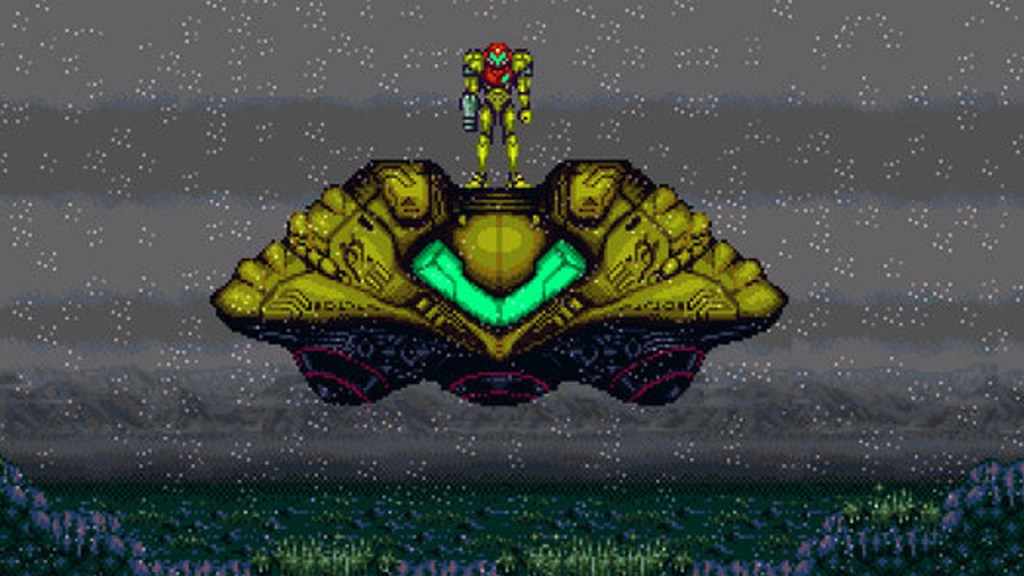
8. Super Metroid
Again, the only reason that Super Metroid isn’t higher on this list is that it was both critically well-received in its day and obviously owes a debt to its revolutionary predecessor. Those minor points aside, Super Metroid is still the game that helped shape the long-running Metroidvania genre more (or at least as much) as any other.
Simply put, Super Metroid remains the definitive Metroid experience. This is a much more accessible, yet somehow significantly more complex, take on the Metroid concept that happens to benefit from a revolutionary score, incredible map system, and the kind of environmental storytelling that was so new that people at the time sometimes struggled to really describe it. It hasn’t aged a day, and it’s arguably still the best Metroidvania game ever.
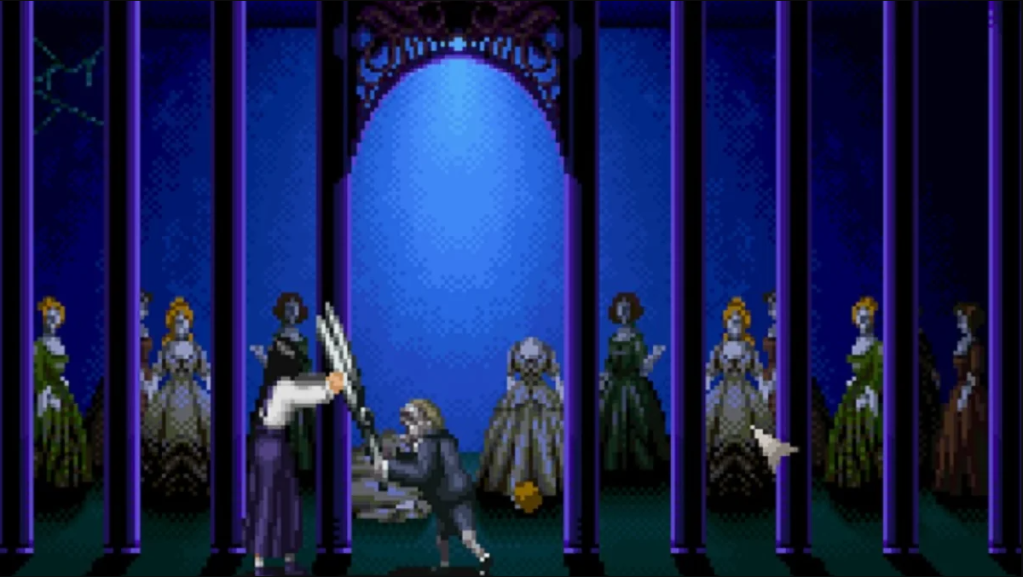
7. Clock Tower
The SNES was a lot of things, but it’s not a console known for its robust selection of memorable horror titles. However, Clock Tower truly stands apart as not just one of the SNES’ only true horror experiences but a game that could easily still scare players to this day.
Inspired by the works of Dario Argento (aren’t we all?), Clock Tower director Hifumi Kono wanted his game to be atmospheric, weird, and, above all, genuinely scary. It was an experimental point-and-click style horror game that often asked your mostly helpless protagonists to run away from a stalker known simply as Scissorman. It would be quite some time before other horror games caught up to this game’s vision for what the horror genre could be, but there’s no denying that we’re still benefiting from its best ideas.
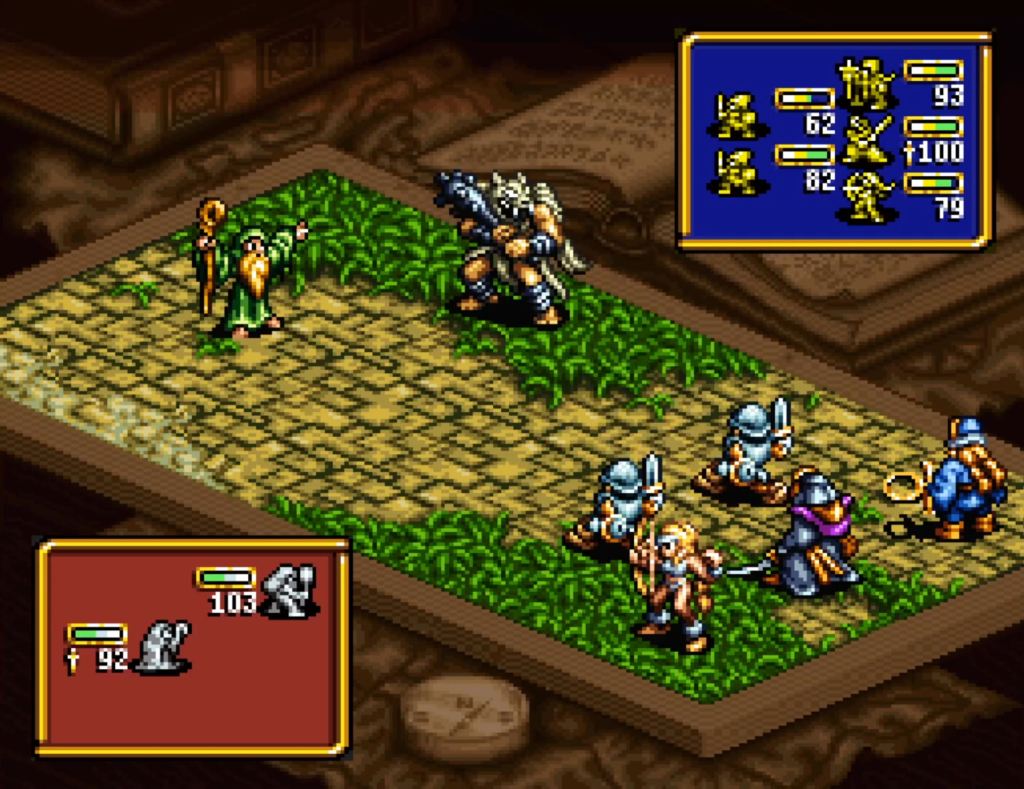
6. Ogre Battle: The March of the Black Queen
While console strategy games weren’t entirely unheard of in 1993, it’s safe to say that those looking for a substantial strategy experience on consoles didn’t have a lot of options. Even if there were more options available, few of them could have possibly matched the brilliance of Ogre Battle.
Essentially a combination of “world map” grand strategy and more traditional RPG-like battle, it’s easy enough to consider Ogre Battle a precursor to games like Final Fantasy Tactics and even some of the more modern Fire Emblem titles. What impresses me most about this game, though, is how ahead of its time it was as an RPG. With its question-based character-building system, advanced party management options, large-scale political storyline, and reputation system, Ogre Battle had its finger on the pulse of advanced role-playing concepts that wouldn’t become more common until many years later.
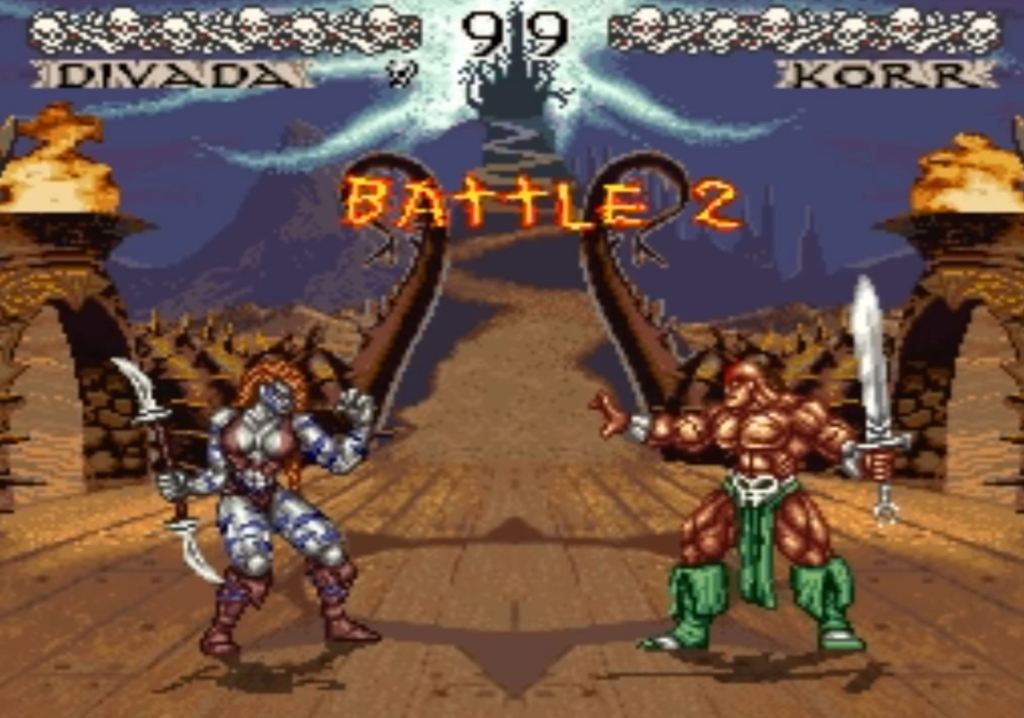
5. Weaponlord
It’s not too hard to see why Weaponlord wasn’t a bigger deal in its time. There were a ton of console fighting games on the market by the mid-’90s, and, even if there weren’t, Weaponlord’s weird animations, complicated controls, and punishing difficulty would have been enough to chase many fans away. Yet, most of Weaponlord’s faults can be attributed to its incredible ambition.
Weaponlord was a weapon-based fighting game created at a time when that now seemingly simple concept wasn’t really a thing. Every fighter had a unique weapon that helped define their playstyle, and the game’s advanced dodge and parry system was designed to simulate the feel of trying to dodge an opponent’s weapon while squeezing your own attacks in. Even the game’s strange animations were a side effect of its developer’s ambitions to create an early online fighting game where the animations were designed to account for possible input lag. Believed to be the inspiration for the Soul Edge/Soulcalibur series, it’s generally pretty easy to look at Weaponlord and see a little bit of a lot of fighting games that would follow.
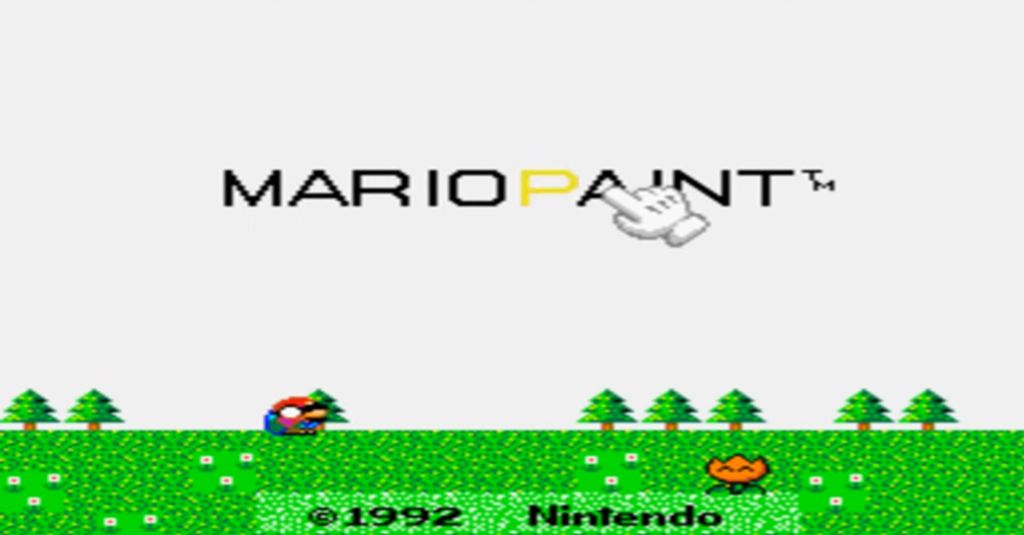
4. Mario Paint
Mario Paint was an incredibly strange early SNES game from Nintendo. Essentially an education title packed with creative tools, Mario Paint certainly looked like a gimmick designed to help people learn to see the value of the SNES’ mouse peripheral. Indeed, many reviews at the time criticized the game for its lack of advanced tools that could have helped the project rise above its supposedly gimmicky nature.
30 years later, though, it’s easy to appreciate the many ways Mario Paint helped shape the modern video game industry. While I could tell you about the ways that Mario Paint’s creation-based entertainment helped pave the way for titles like Minecraft and Roblox, Mario Paint’s true legacy is the way it helped a generation of gamers find their creative spirit. From future game creators to those of us who never dared try to compose a song or create a painting again, Mario Paint truly helped so many discover the artist inside of them, if only for an afternoon.
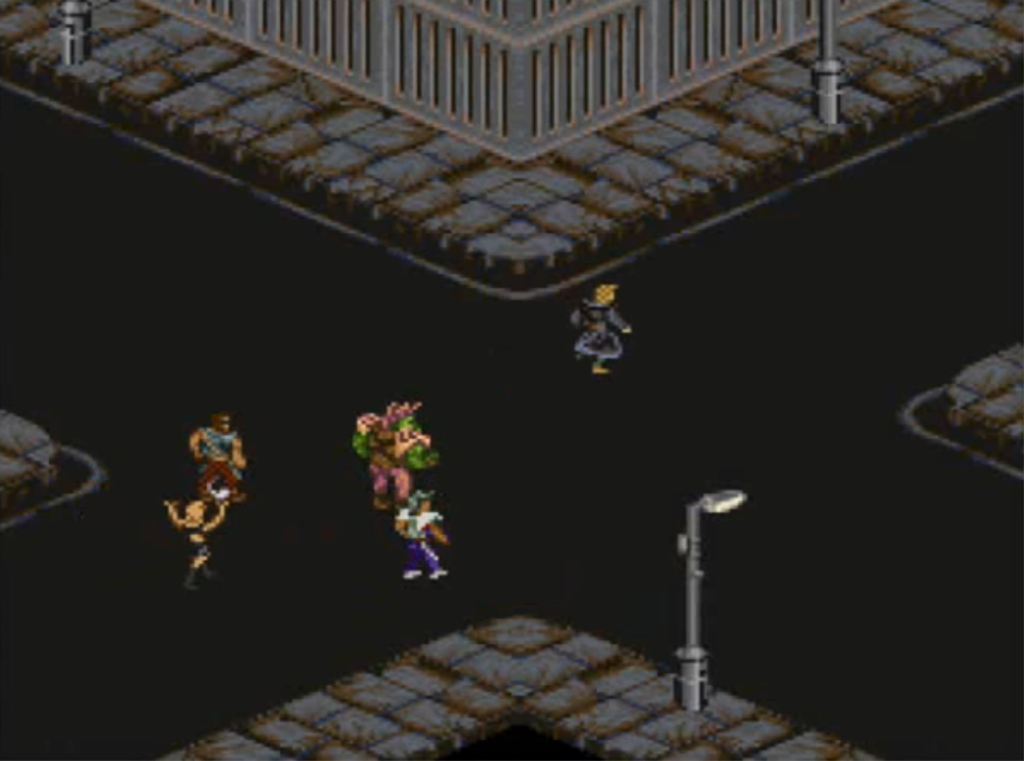
3. Shadowrun
With its advanced real-time combat, cyberpunk themes, mature storytelling advanced role-playing mechanics, Matrix-like hacking system, and non-linear progression elements, Shadowrun was just about the most advanced RPG you could get your hands on in 1993. That makes it all the more impressive that it was released and developed for the SNES rather than the PC.
Often seen as one of the SNES generation’s clearest examples of a game being “ahead of its time,” Shadowrun feels closer to games like Baldur’s Gate, Planescape Torment, and Cyberpunk 2077 than it does most of the other games available at that time. While undeniably ahead of its time compared to other console RPGs of its era, few PC RPGs of that era could match Shadowrun’s blend of real-time action/exploration and deep, dark, and complex storytelling elements. Though widely praised by critics at the time, Shadowrun sadly proved to be a commercial bust. Interestingly, the largely different Genesis version of the game is also exceptional.
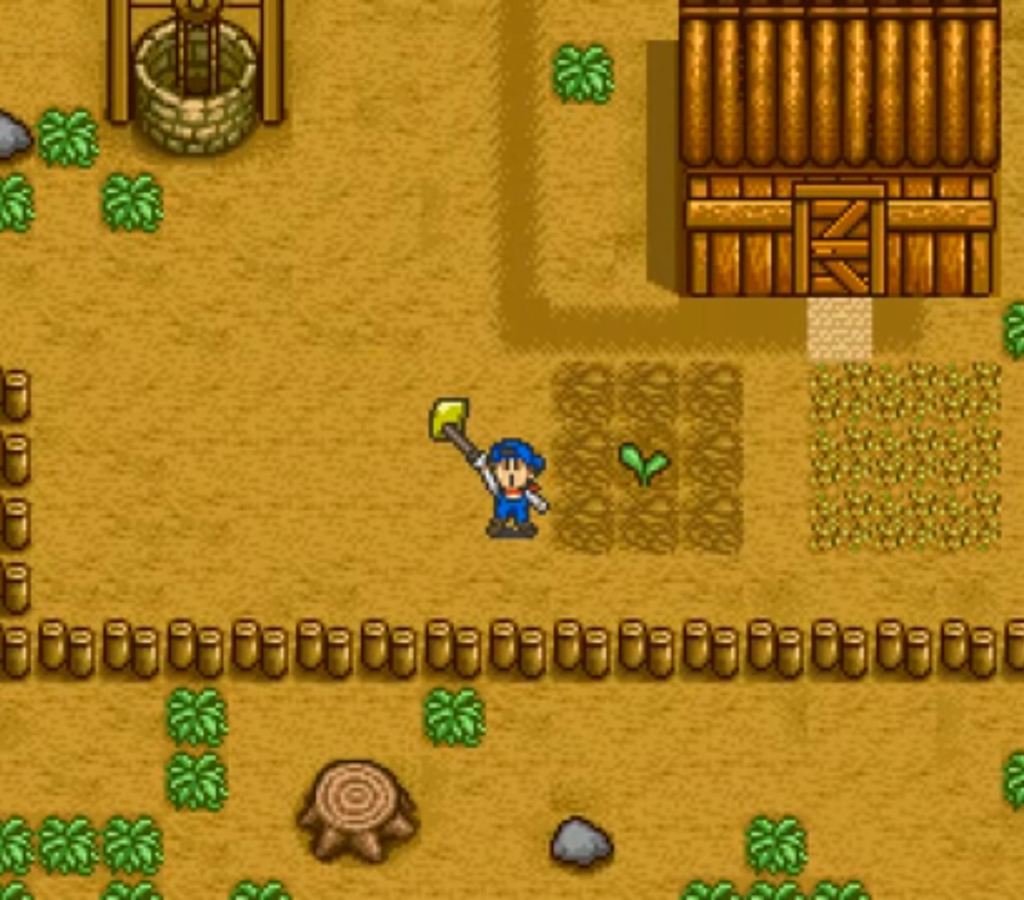
2. Harvest Moon
In 1996/1997, many SNES gamers were saving their money for a next-gen console like the Sega Saturn, PlayStation, or N64. Those still in the market for SNES games were often looking to catch up on titles they missed or games that were as close to next-gen experiences as possible. There weren’t a lot of fans ready to kick down the doors to get their hands on a game about running a farm. Even if there were, Harvest Moon’s limited distribution (especially in the West) ensured many would never be able to get their hands on a copy of the game in the first place.
Those who did know what many of us know now: Harvest Moon is so much more than a “farming game.” It’s an incredibly deep RPG that happened to trade in saving the world for running a farm. It was a game that somehow left you feeling like you were always on the clock yet had the freedom to pursue whatever activities piqued your interest on that day. Stardew Valley would go on to become one of the most beloved and successful games of the modern era simply by copying and advancing many of Harvest Moon’s best ideas. It’s truly a game that has gotten better with time.
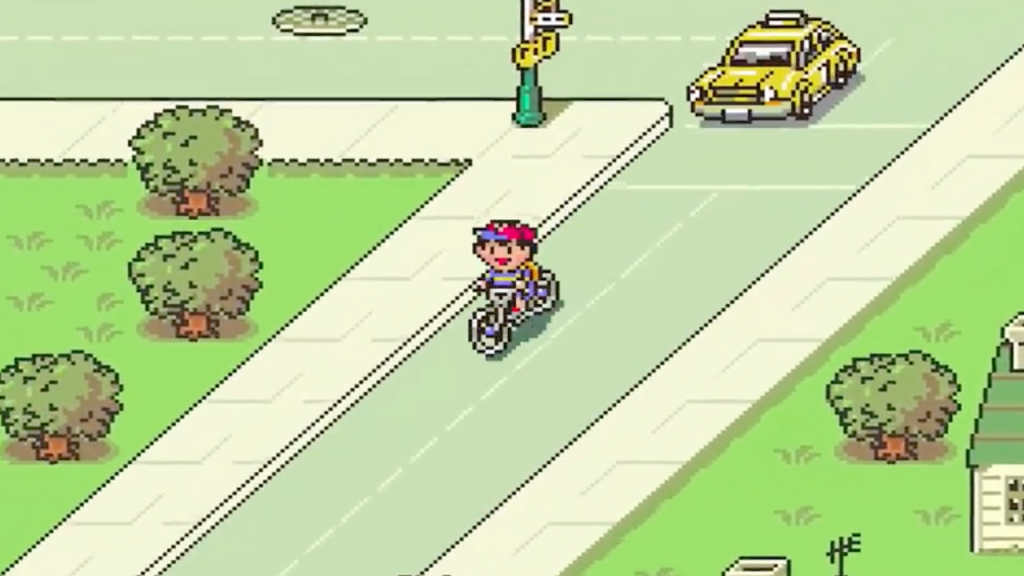
1. Earthbound
As noted in the intro for this article, a game can be “ahead of its time” for many reasons. However, one of the surest signs of that status is when you find a game that is generally considered to be a classic in the modern era and are shocked to discover that same game was unsuccessful (or even reviled) at the time of its release. There are few better examples of that kind of game than Earthbound.
Earthbound’s bizarre marketing campaign is often blamed for the game’s historic sales shortcomings, but it’s worth noting that even many critics at the time panned the RPG for its “simple” graphics, strange humor, and bizarre mix of unconventional and retro genre mechanics. Not everyone hated it, but the title’s faint praise was drowned out by the popular idea at that time that Earthbound was an RPG that just couldn’t compete with the SNES’ other all-time great RPGs.
Years later, Earthbound is considered by many to be not just the best SNES RPG ever but one of the best JRPGs ever made. What changed? Well…I think there’s a degree to which we did. As you get a little older, it’s a lot easier to appreciate the charm and creative brilliance of Earthbound’s overwhelming weirdness. It’s a truly funny, deeply satirical, wonderfully optimistic, and strangely surrealist modern RPG about the most incredible adventure a young hero could ever embark upon. Earthbound was so good and ahead of its time that it inspired a small army of deeply loyal fans to basically spend decades trying to convince everyone that it deserves to be widely hailed as one of the all-time greats. Now, you’ll have a hard time finding anyone who has played this title who won’t admit that it is at least some kind of masterpiece.

